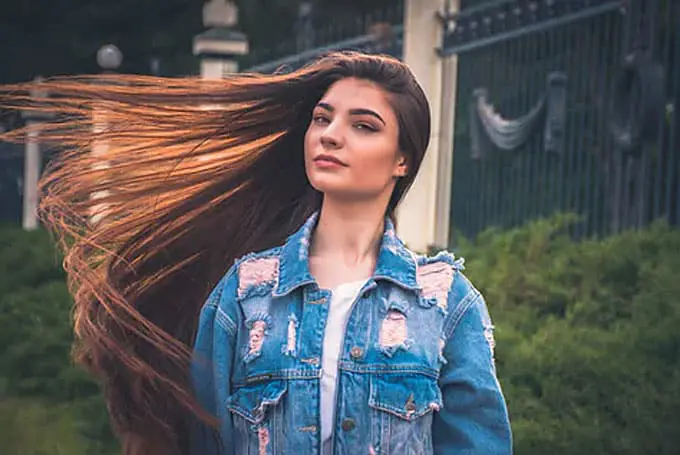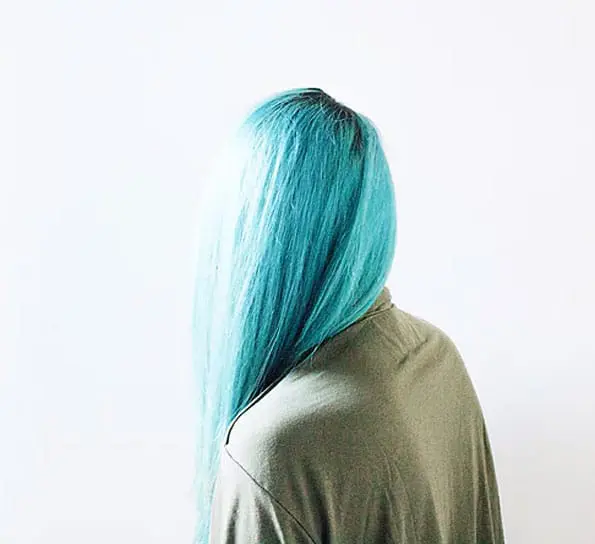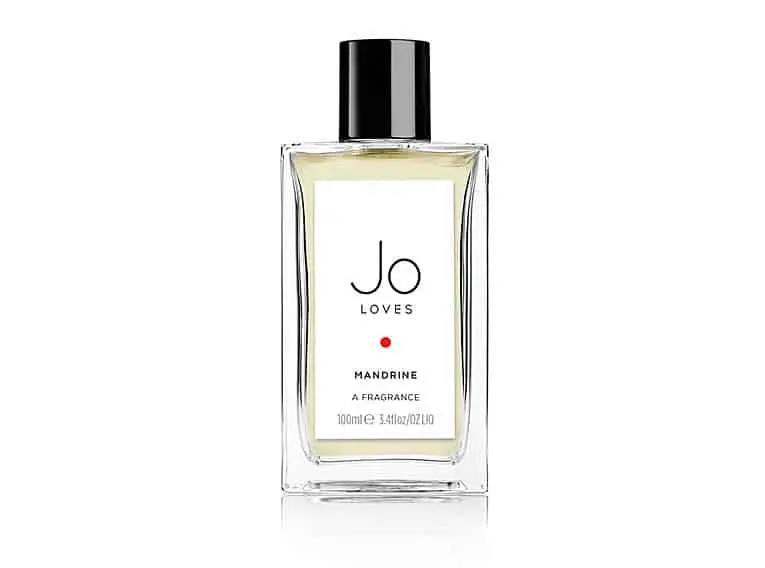words Al Woods
 Women’s hair is their crowning glory, or so the old saying goes, and it shows in the number of hours a day a woman could spend preparing their hair. It’s not everyday that their hair would cooperate, however, and it can be a bit challenging to work with if you don’t have the right tools, or the time. Sometimes you’d want longer, thicker hair, but you’re just not born with it, unfortunately. That’s where hair extensions come in.
Women’s hair is their crowning glory, or so the old saying goes, and it shows in the number of hours a day a woman could spend preparing their hair. It’s not everyday that their hair would cooperate, however, and it can be a bit challenging to work with if you don’t have the right tools, or the time. Sometimes you’d want longer, thicker hair, but you’re just not born with it, unfortunately. That’s where hair extensions come in.
Hair extensions, as the name implies, are artificial additions to hair that can add length and volume to it. You can also get the option of having differently-textured hair attached to your current one, and even have the option to cut and style them if it pleases you. Hair extensions aren’t a one-size fits all though, and you’ll need to customize them accordingly in order to maximize it with your hairstyle. We’ve summarized a short list on the different kinds of hair extensions available in the market and teach you how to choose which of them works best for you.
There are different kinds of hair extensions in the market, and each one has their own pros and cons. Hair extensions are made from two different types of material, natural hair and synthetic hair. Natural hair is made from actual human hair and can be heated and dyed like normal. They also blend in to your hair more seamlessly than synthetic hair. Synthetic hair is made of silicone and can’t be heated or dyed. They tend to be cheaper than human hair though, and can be considered disposable, since they don’t last as long as natural hair does.
With that out of the way, here are the most common types of hair extensions:
Loop Hair Extensions
Loop hair extensions, otherwise known as micro link or micro bead extensions, are applied by looping them to your natural hair and are clamped down using pliers on the metal beads on one end. One of the major advantages of these extensions is that you can slide the beads up and down your natural hair to change the length. They tend to cause hair breakage though, so make sure you be careful when you do this.
Weave Type Hair Extensions
These types of hair extensions are basically woven into your natural hair using a needle and a thread, usually made of cotton. They can put a strain on your scalp if you’re not careful and might require a thicker set of locks to hide effectively. These extensions are very secure and there’s very little danger of them falling off.
Tape Type Hair Extensions
These hair extensions are great if you need a quick fix for your hair, since their main selling point is how quickly and easily you can fit them in. These tape in hair extensions use tape to fix them into pre-existing hair for their attachment. They tend to be easy to maintain and put in, and can last a good 2-3 months, depending on the quality.
Pre-Bonded Extensions
Otherwise known as fusion hair extensions, pre-bonded hair extensions basically use adhesives to keep them in place. Out of all the extensions mentioned, it looks the most natural, but putting it together can be a huge bother. It can take a good 4-5 hours to put on, so if you do plan on getting one, make sure your schedule is open. They can also be messy to put together, but they do last the longest, and can be permanently attached for the next 6-8 months.
How to Choose the Right Hair Extensions
Now that you have an idea of what to choose from, you should learn which to pick depending on your needs. Choosing the right extensions basically comes down to your lifestyle and what you need them for, so let’s look into how they affect your hair extension choices.
1. Consider your Lifestyle
Hair extension takes quite a bit of maintenance and depending on how much free time you have before work or whatever plans you have, you may need a few extra minutes to maintain them daily. Tape extensions are great if you don’t have much time to maintain your hair before going out, or if you’re confident that your hair wouldn’t go through too much wear and tear outside. There are ways to protect your hair extensions if you plan on doing physical activities like visiting the gym or going out for a swim. If you do plan on doing heavy physical stuff, however, it’s best to go for semi-permanent extensions instead.
2. The Texture of Your Hair
You’ll have to consider which types of extension works best with which types of hairs. It wouldn’t do you any good if you chose an extension that doesn’t match your innate hair type. It’ll only look unnatural. You can consult your hair stylist on which works best for you, after all, they know best when it comes to hair.
3. Natural or Synthetic
As we’ve mentioned before, you can have hair extensions made from real human hair or ones that are made of silicone. If you’re willing to put the money in, natural hair, preferably raw Cambodian hair, or other high-quality options, is always a good choice. However, if you’re having difficulties with your budget, then there’s nothing wrong with choosing synthetic. Do keep in mind, however, that your options aren’t that good if you want to style your synthetic locks, since they may get damaged under heat. Otherwise, synthetic looks just as good as the real deal.
 4. Your Hair Color
4. Your Hair Color
While choosing the right kind of hair color is important for your extensions, it can be great to make your hair look unique if you choose differently colored gradients for your hair. If you want to blend your hair extensions better though, you’ll need to choose the right type. If your hair color isn’t one-dimensional, there are companies that offer a variety of extensions to suit your needs. You just need to style them accordingly to make them look good.
Hair extensions have become the go-to for quick hair fixes. You can achieve a whole lot of stuff that you wouldn’t otherwise if you’ve been relying only on your natural hair growth. Picking the right kind can be overwhelming though, so make sure you keep what we’ve written here in mind when the next time you choose your next hair extensions. We promise you, you won’t regret it.








